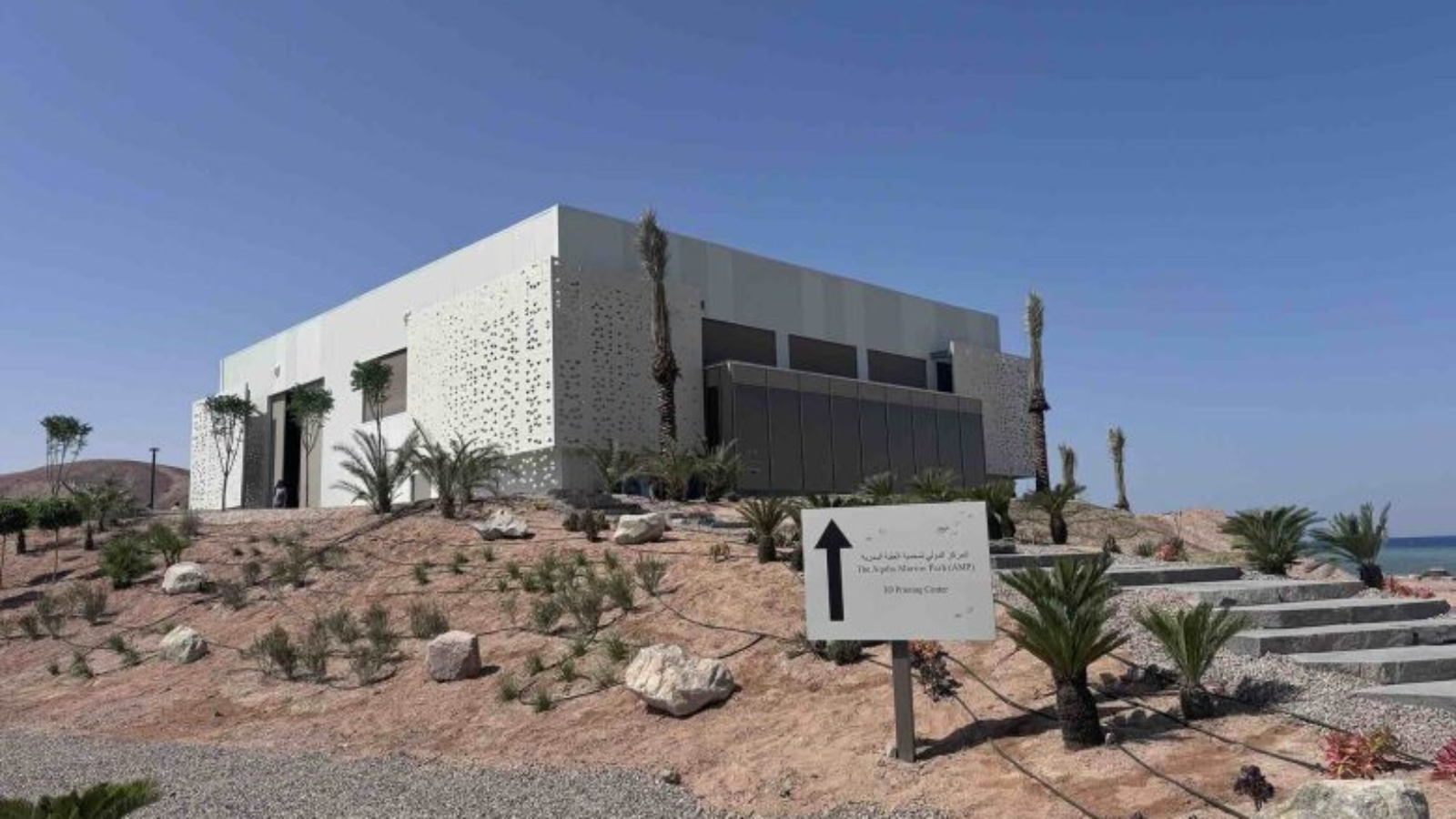Sperra, a producer of structural systems for aquatic environments, has entered a partnership with Philippe and Ashlan Cousteau’s Bluetech venture, Voyacy Regen, to support a pioneering coral reef resiliency project in Aqaba, Jordan. This initiative, led by the Hashemite Kingdom of Jordan and the Aqaba Development Corporation, integrates Sperra’s cutting-edge 3D concrete printing to restore marine ecosystems in the Red Sea.
Sperra will use its lean, additive manufacturing process to rapidly design and fabricate reef structures using local materials. These 3D printed forms are engineered to propagate coral and restore disappearing reef systems. “Using 3D printing techniques revolutionizes the rapid deployment of technology to protect and regrow coral reefs,” said Jason Cotrell, CEO of Sperra. The technology enables scalable, sustainable production that would be unfeasible using traditional methods.
The coral propagation methods build on research by Voyacy Regen’s Chief Scientist, David Vaughan, who developed breakthrough techniques for accelerating coral growth. Lola Vars, Sperra’s Head of Product, emphasized the speed of the deployment: “We were able to commission our 3D concrete printing machines from the Dutch company Vertico in a week’s time… far more quickly and effectively than traditional manufacturing methods would allow.”
Manufacturing on Demand
This project aligns with broader international goals, including the UN Decade on Ecosystem Restoration and the upcoming UN Ocean Conference. Coral reefs are critical ecosystems that support 25% of marine life, buffer coastlines against erosion, and sustain billions of people worldwide. Yet they are vanishing due to climate change, pollution, and overfishing.
Jordan, through its Vision 2025, is investing heavily in green innovation—including renewable energy and marine conservation. “This project represents the Royal Vision of His Majesty King Abdullah II,” said Hussein Al-Safadi of the Aqaba Development Corporation, highlighting Jordan’s push to become a regional leader in ecological technologies.
“Coastal communities are on the front lines of our rapidly changing world,” said Philippe Cousteau. “We couldn’t think of a more resolute and innovative partner to scale the tangible solutions we need.”
You might also like:
Bratislava welcomes first-ever 3D printed bus stop: “The project presented an opportunity for us to test a new technological approach – concrete 3D printing – which allows for the creation of complex geometries without the need for formwork,” the architects wrote on their website. “Experimentation and innovation are always a challenge, but in this case – a public space project, and one as heavily used as a public transport stop – the stakes are even higher, which is why thorough testing was essential.”
* This article is reprinted from 3D Printing Media Network. If you are involved in infringement, please contact us to delete it.
Author: Edward Wakefield


Leave A Comment